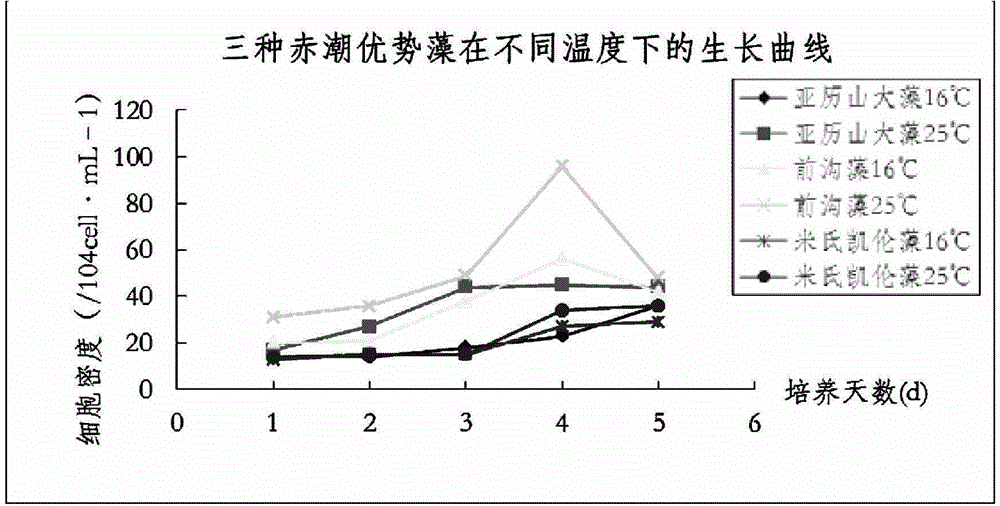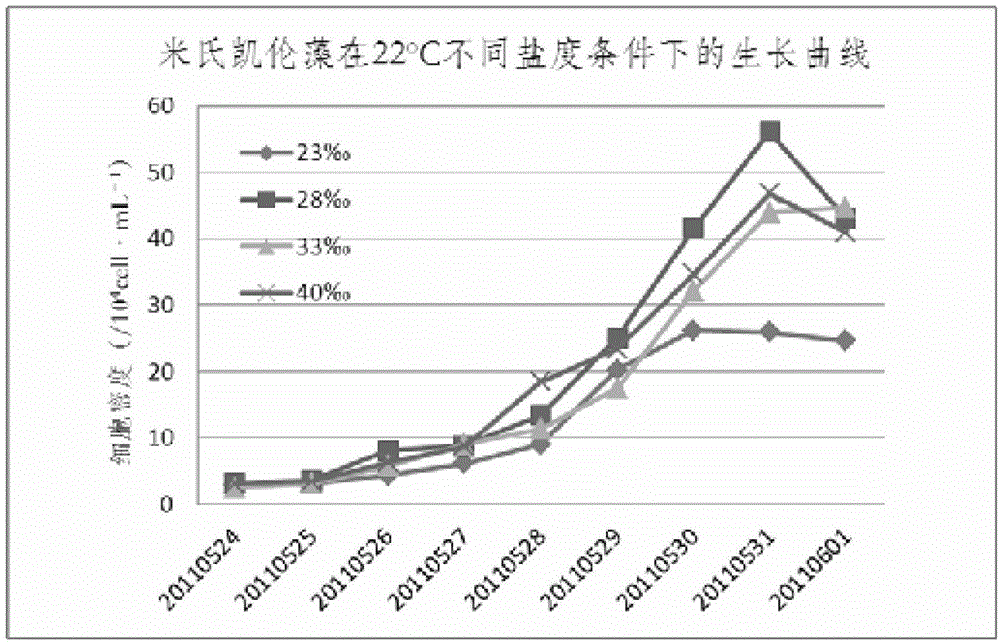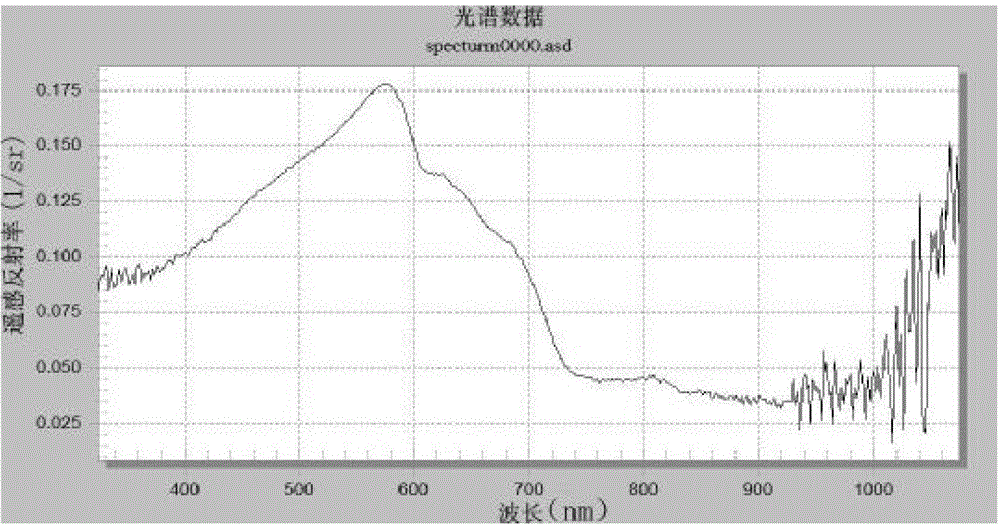Optimal distinguishing method for red tide water body and main algae thereof
A discrimination method and technology with advantages, applied in the fields of marine technology, public safety, and marine ecology, which can solve the problems of high monitoring cost, complex red tide formation mechanism, poor timeliness and spatiality, etc.
- Summary
- Abstract
- Description
- Claims
- Application Information
AI Technical Summary
Problems solved by technology
Method used
Image
Examples
example 1
[0185] Example 1: The spectral differential method refers to determining the wavelength position of the maximum and minimum reflectance of the spectral curve by calculating the differential values of different orders of the spectral curve. The spectral differential method is very sensitive to the spectral signal-to-noise ratio. Cloutis' research shows that the low-order differential processing of the spectrum is less sensitive to the influence of noise, so it is more effective in practical applications. In this example, the positions of the absorption and reflection peaks are calculated using the first and second derivatives. Derivative analysis can objectively separate the absorption peaks of algae. According to the analysis, the remote sensing albedo curve of the water body inoculated with red tide dominant algae presents an obvious double-peak and one-valley shape, while the remote sensing albedo curve of the water body not inoculated with dominant algae presents a single...
example 2
[0186] Example 2: In this example, the algae red tide remote sensing reflectance spectrum is taken as an example. According to the remote sensing reflectance curve and the first-order and second-order derivatives, the maximum and minimum values can be calculated, and the point where the first-order derivative is 0 It is determined as the extreme point, and then through the second derivative, the point greater than 0 is the minimum point, and the point less than 0 is the maximum point, and then the positions of the first reflection peak, absorption peak and second reflection peak are identified. According to such an algorithm, the peak positions of three algae, Karenia militaris, Amphidinium, and Alexandrium, can be calculated. According to the comprehensive analysis, during the production period of dinoflagellates, the positions of absorption peaks and reflection peaks basically do not shift. Under different temperature and salinity conditions, the peak position basically do...
example 3
[0187] Example 3: In general, red tide water is rich in chlorophyll a, but chlorophyll a has strong absorption in the blue band (450-520nm) and red band (625-700nm) of visible light, so it mainly absorbs these two The dominant algae spectrum of each band is used to extract the absorption characteristic parameters. The absorption characteristics of the spectral curve can be expressed by a series of waveform parameters, these parameters specifically include: absorption peak central wavelength (P), absorption peak width (W), absorption depth (H), absorption area (A), symmetry (S) Wait. Clark and Roush proposed to use the continuous spectral removal method to calculate the five parameters of P, H, W, S and A of the spectral curve.
[0188] The data of remote sensing reflectance can be obtained through View Spec Spro, and then the remote sensing reflectance curve can be converted into a ratio reflectance curve by using ENVI software. Absorption parameters of algae under different...
PUM
 Login to View More
Login to View More Abstract
Description
Claims
Application Information
 Login to View More
Login to View More - R&D
- Intellectual Property
- Life Sciences
- Materials
- Tech Scout
- Unparalleled Data Quality
- Higher Quality Content
- 60% Fewer Hallucinations
Browse by: Latest US Patents, China's latest patents, Technical Efficacy Thesaurus, Application Domain, Technology Topic, Popular Technical Reports.
© 2025 PatSnap. All rights reserved.Legal|Privacy policy|Modern Slavery Act Transparency Statement|Sitemap|About US| Contact US: help@patsnap.com



